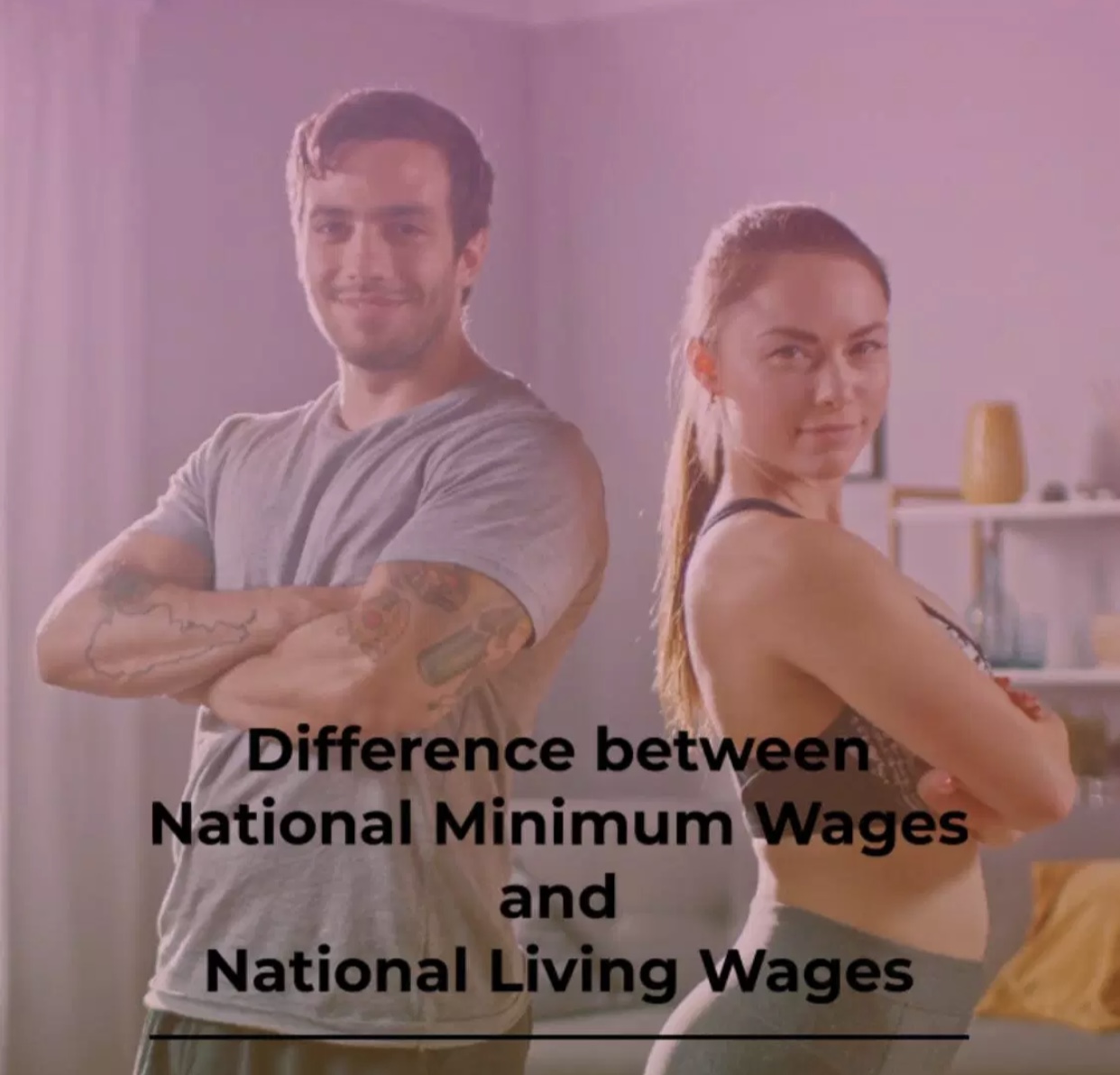What is the National Minimum wages?
In the United Kingdom, the National Minimum Wage (NMW) is determined by age and whether you are an apprentice. It is decided by the government every year, based on reviews from the Low Pay Commission, an independent body.
The National Minimum Wage applies to anyone over the age of sixteen, regardless of their status within the organisation. However, there are a few exceptions to the National Minimum Wage, including Self-employed, Directors of corporations, Volunteers, also known as volunteer jobs, and Employer's family members live in the employer's house.
What is National Living wages?
On the other hand, the National Living Wage (NLW) was introduced by then-Chancellor George Osborne in the Summer Budget of 2015, and then it became law on April 1, 2016. Surprisingly, the National Living Wage was nothing more than a rebranding of the National Minimum Wage, and it had nothing to do with the cost of living.
You must be 23 or older to earn the National Living Wage. The National Living Wages is currently set at the same amount as the National Minimum Wages. Regardless of the terms, from April 1, 2021, anybody you employ who is over 23 years old who is not a first-year apprentice must be paid at least £8.91 per hour.
Update on National Minimum wage and National Living wage
Millions of jobs across the UK got a wage rise on April 1, 2021. Below is the list of the changes.
- The National Living Wage (for those aged 23 and up) has risen by 2.2 per cent, from £8.72 to £8.91.
- The National Minimum Wage has risen by 2%, from £8.20 to £8.36.
- The National Minimum Wage (18-20) has risen by 1.7 per cent to £6.56.
- The National Minimum Wage (for those under the age of 18) has risen by 1.5 per cent, from £4.55 to £4.62.
- From £4.15 to £4.30, the Apprentice Rate has increased by 3.6 per cent.
By 2024, the government wants the NLW to equal two-thirds of median earnings and be extended to jobs aged 21 and up, assuming economic conditions allow it. According to the most recent OBR projection, the NLW will be over £10.50 in 2024.
To know more about payroll software, read Persona Finance blog on 'Payroll software and HMRC'. If you don’t want to do your payroll yourself, you can contact Persona Finance team (enquiries@personafinance.co.uk).



